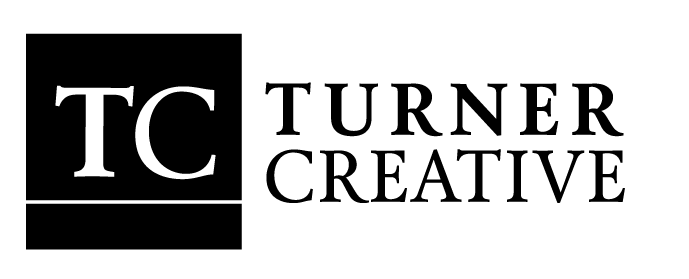Have you ever heard of Jevon’s Paradox?
I hadn’t until today, though I’ve experienced what it describes.
It occurs when something “increases the efficiency with which a resource is used (reducing the amount necessary for any one use), but the falling cost of use induces increases in demand enough that resource use is increased, rather than reduced.”
It’s named after 19th-century economist William Stanley Jevons, who observed the paradox in relation to coal efficiency and use.
I can picture this in terms of the “one for $5.49 or two for $8” pricing I see at the supermarket. I buy two (or more) every single time.
Or LED lights.
It used to take a 60W incandescent bulb to light my room. Now it only takes a 13W LED. And LED bulbs don’t cost that much anymore (plus they last forever!). So I can use a whole bunch of different lights and lamps to create an ambient effect.
The result: I now have 5 different LED bulbs…which is 5 x 13W = 65W. More than I started with!
Which brings me to the punchline: Efficiency without sufficiency is lost. A sharp observation from writer and thinker Samuel Alexander’s A Critique of Techno-Optimism.
If you don’t start by figuring out what “enough” is—for you, your family, your business—then you run the risk of squandering any efficiencies you gain.
Speaking of squandering gains, this whole thing came to my attention thanks to a recent post by architect, professor, and writer Lloyd Alter, whose work I deeply enjoy.
He pointed out that The Sphere in Las Vegas negates the energy and carbon savings from converting 47,889 houses to LED lighting.
Eww,
James

Recent Comments